Early Mahongwe Kota reliquary figure.
£495.00
Stunning early Mahongwe Kota reliquary figure.
This figure came from the collection of a deceased collector in Antwerp. It was originally acquired in Gabon around 1940. It stands 50cm high. The top of the figure is banded with copper strips as is the neck. The copper shows great patination and colour gained over many years of use and handling. There also appear to be the remains of what looks like white “kaolin” type paint which may originally have been applied over the top of the copper face.
The Mahongwe constitute the northern branch of the Kota peoples. They live in the extreme northeast of Gabon near the Republic of the Congo border.
Ancestor worship formed the core of the Mahongwe family group’s religious and social life. Fearful of the deceased the Mahongwe showed particular devotion to relics of important ancestors. Chiefs were always buried, but often their bones, especially their skull were later exhumed and placed with magical objects in a bark box or a basket called a Bwete. It is believed that the bones of the deceased were imbued with the power that the ancestor had during their lifetime, and it was believed that these powers could be drawn upon to help the living. These relics, augmented by some “charms” and other power substances, were kept in woven rattan baskets upon which were arranged reliquary figures in wood plated with thin copper or brass strips, plates of wire. Every Mahongwe clan has a reliquary kept in the back of the chief’s hut. These relics were expected to protect and benefit the families that owned them and consultation of ancestral relics preceded all significant events.
Mahongwe reliquary figures consist of three distinct sections: the oval, concave face with projecting top knot, the cylindrical neck, and an openwork base. The mouth is missing. They are considered dangerous to handle because of their role in former funeral rites, which have not been practiced for over sixty years.
Louis Perrois writes in "African Faces, African Figures - The Arman Collection" - "All such objects disappeared from the villages between 1940 and 1960. Confiscated by missionaries or destroyed by prophets of new syncretic religions (the "Mademoiselle" cult, for example), others were sometimes merely hidden in ancient cemeteries, deep in the forest, where, accidentally, some are still being recovered." This is a genuine early example of these and not a more modern reproduction. It is therefore quite a rarity.
If you would like any more information or photographs please let me know.

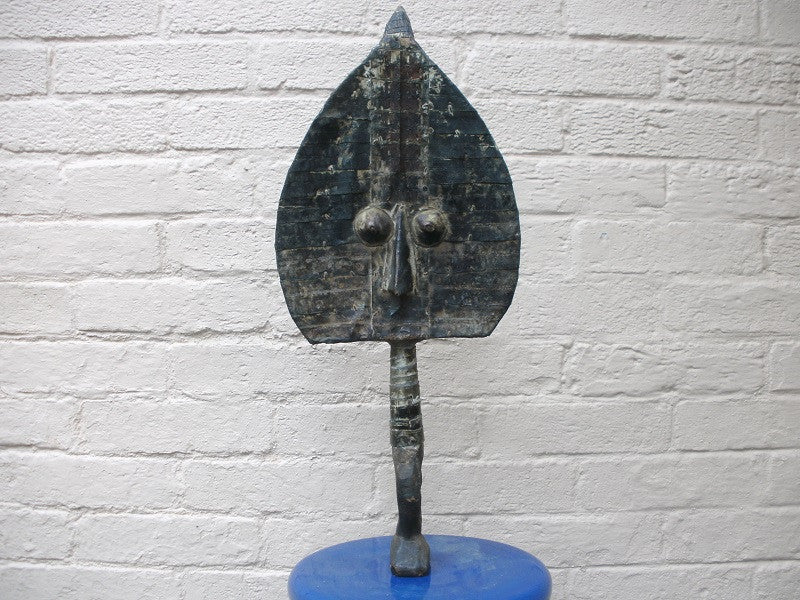







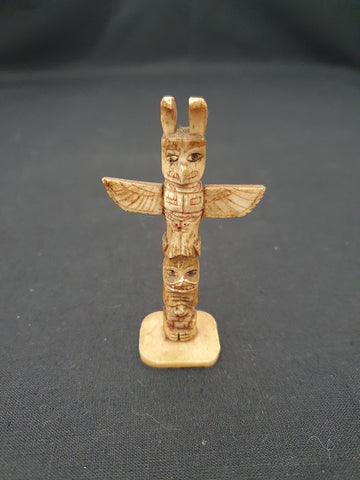
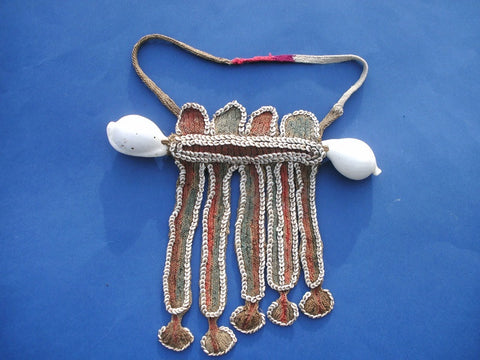
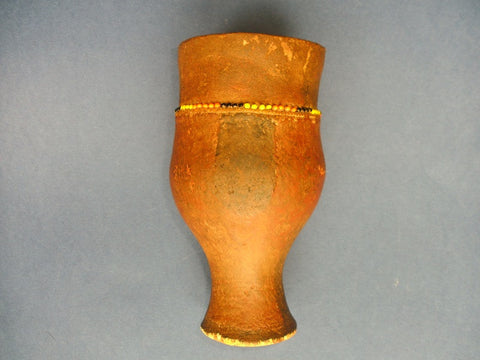
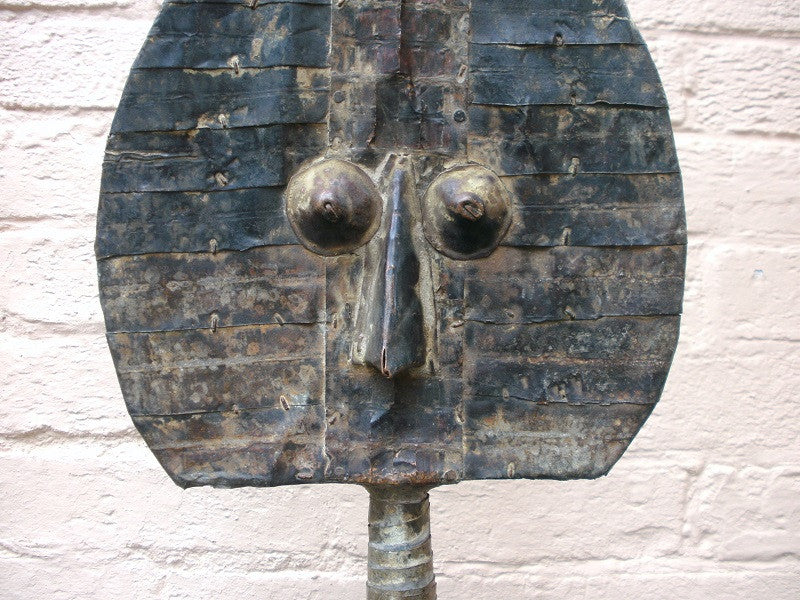
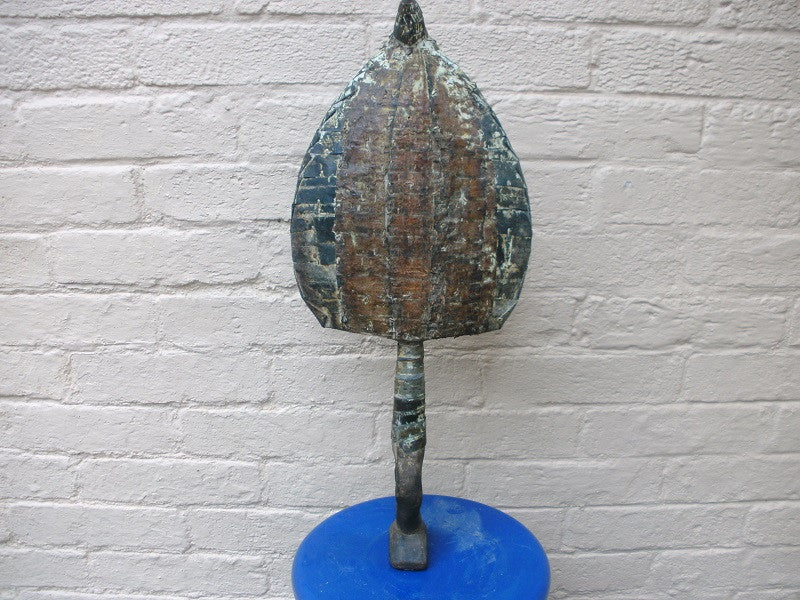
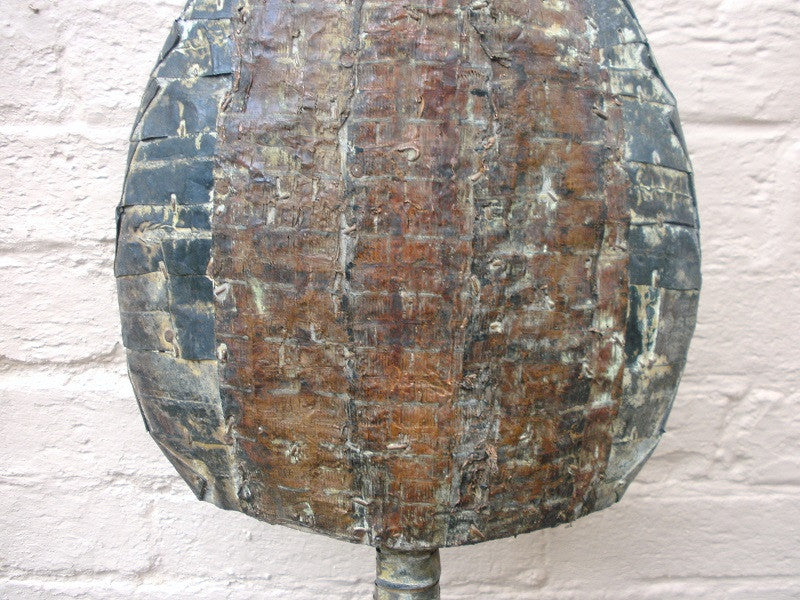
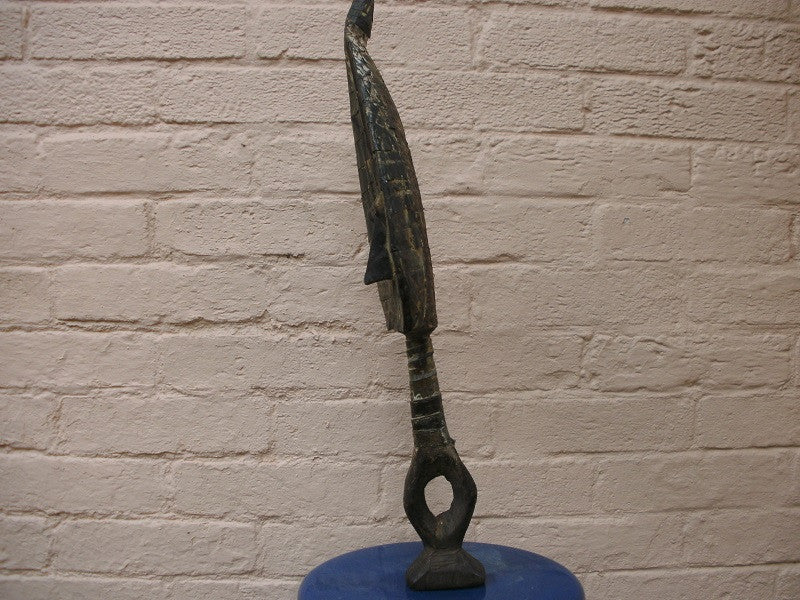
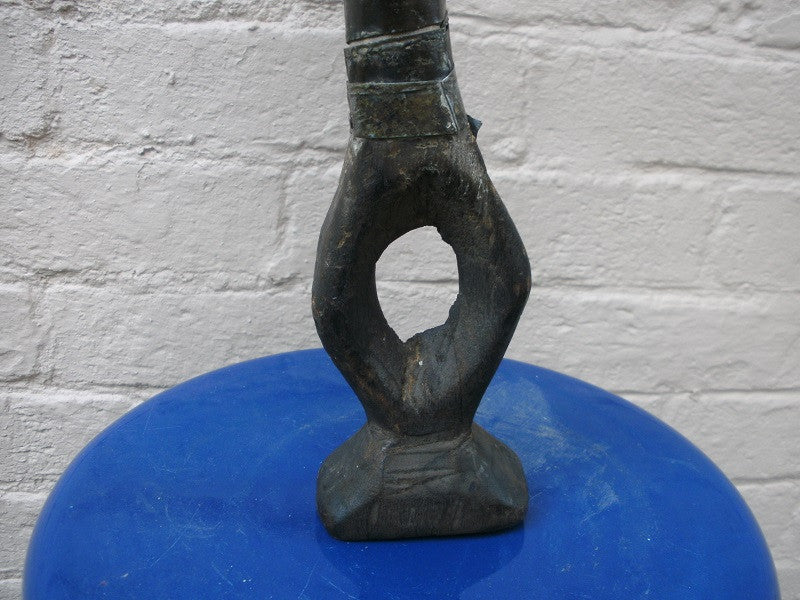
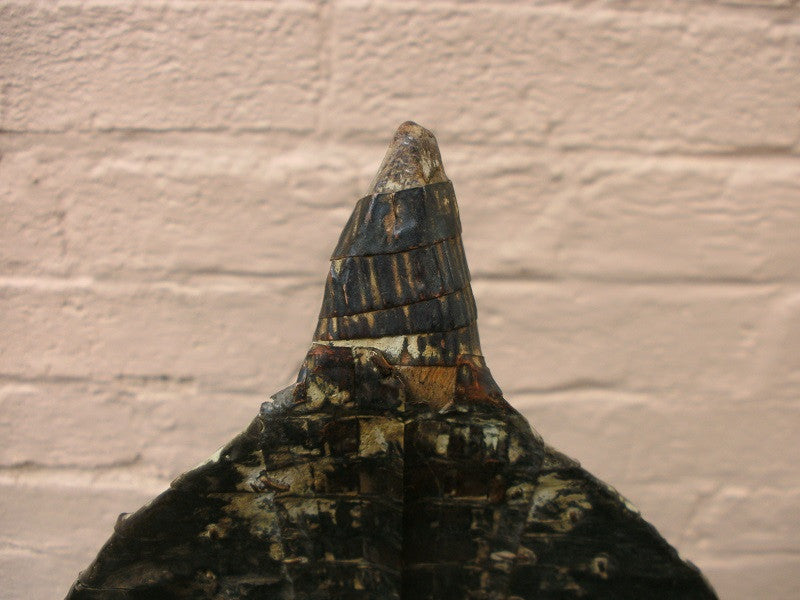
Share this item: